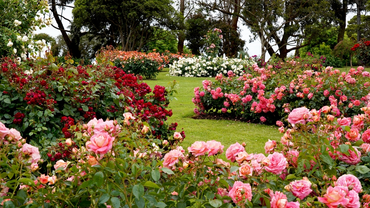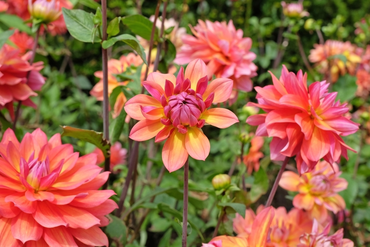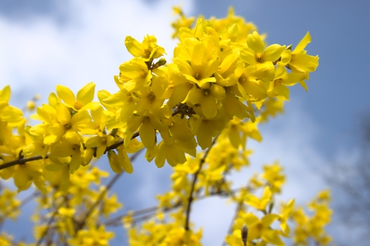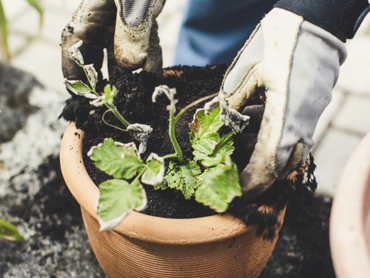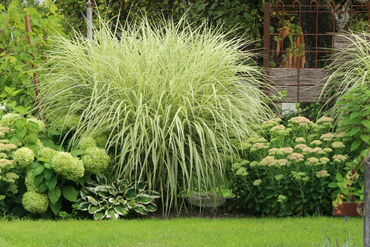
September is a transitional month for gardening in many regions. The weather starts to cool down, and it's time to prepare your garden for the upcoming fall and winter seasons. Here are some planting and gardening tips for September:
Lawn Care
Continue mowing your lawn regularly, but raise the cutting height slightly as the weather cools. Repair any bare patches with grass seed and topsoil.
Weeding
Keep on top of weeds, as they can still grow vigorously in September.
Deadheading
Remove spent flowers from annuals and perennials to encourage new blooms and prevent the plants from putting energy into seed production.
Apples
Many apple varieties are ready for harvest in September. Check the colour, firmness, and flavor of the apples to determine if they are ripe. Twist or gently lift the apples to harvest them without damaging the tree.

Pruning Shrubs and Trees
Late summer to early fall is often a good time to prune shrubs and trees. Be cautious with major pruning, as it can stimulate new growth that might not have time to harden off before winter. Focus on removing dead or diseased branches and maintaining the shape of the plant.
Trim Hedges
If you have hedges, September is a great time to give them a final trim before the winter. This helps maintain their shape and encourages dense growth.
Prune Roses
Many types of roses benefit from a late-summer pruning. Remove any dead or diseased wood and shape the bush to encourage good air circulation.
Thin Out Overgrown Vegetables
If you have vegetable plants that have become overgrown or crowded, thin them out to improve air circulation and reduce the risk of disease.
Cut Back Herbs
Harvest and prune your herbs to encourage fresh growth. This is a great time to dry or freeze herbs for later use.
Remove Invasive Plants
If you have invasive plants in your garden, September is a good time to remove them to prevent them from spreading.
Clean Up Debris:
As you prune, be sure to clean up and dispose of the trimmings properly. Remove any fallen leaves or debris from the garden to prevent the spread of pests and diseases.
Transplant Perennials
If you have perennial plants that need dividing or transplanting, early September is a good time to do it. This gives them time to establish their roots before winter.

Mulch
Apply a layer of mulch around trees, shrubs, and in garden beds. Mulch helps retain soil moisture, regulates temperature, and suppresses weeds.
Fertilizing
Apply a balanced fertilizer to perennial plants and roses to support autumn growth.
Bulb Care
Lift and store summer-flowering bulbs like dahlias if you're in an area with harsh winters.
Dividing and Replanting
Divide and replant overcrowded perennials like hostas and daylilies.
Autumn Cleanup
Remove fallen leaves from lawns to prevent suffocation and mould growth. Clear out spent annuals and add them to the compost pile.
Composting
Continue to add green and brown materials to your compost pile. Turn the compost to help it break down faster.
Wildlife Care
Provide food and water for birds and other wildlife preparing for the colder months.
Greenhouse Maintenance
Clean and tidy up your greenhouse. Move tender plants inside before the first frost if you have a greenhouse or suitable indoor space.
Garden Planning
Start planning for next year by considering changes to your garden layout, ordering seeds, and researching new plants to add to your garden.
Remember that specific tasks may vary depending on your location and climate zone. September is a transitional month, so it's essential to prepare your garden for the upcoming fall and winter seasons while still enjoying the late summer harvests and blooms.

